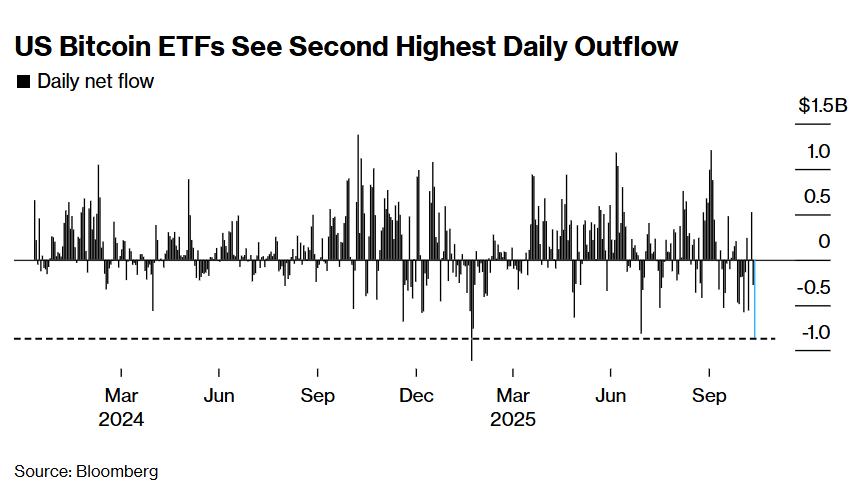Ether options traders eye calls above $3,600 for June expiry
The distribution of June-expiry ether options implies that derivatives traders are focused on calls above $3,600.The most popular strike price for end-of-June calls is $6,500, according to an analyst.
The significant number of call contracts and their substantial notional value could reflect confidence in ether's potential to appreciate by the end-of-June expiry date. The concentration of calls could also support the digital asset's price if derivatives traders choose to exercise their options when the price begins to exceed the specific strike prices outlined in the options distribution.

Ether option open interest is focused on calls with an end-of-June expiry. Image: Deribit.
Call strike price focused at $6,500
Strike prices for end-of-June expiry calls are concentrated above $3,600, with $6,500 being the most favored strike price, according to CoinShares Research Associate Luke Nolan.
The analyst highlighted a significant notional value of $192 million associated with the largest open interest ahead of the June expiry at the $6,500 strike price, reflecting confidence among some traders in ether's ability to reach or exceed this level.
"The largest open interest for end-of-June expiry is concentrated at a strike price of $6,500, with a notional value of $192 million," Nolan told The Block.

Distribution of June-expiry ether options shows that derivatives traders are targeting calls above $3,600. Image: CoinShares.
Put-call ratio suggests bullish sentiment
Data also shows an increasing number of outstanding calls compared to puts in ether options open interest ahead of the end-of-June expiry date.
A put-call options ratio below one indicates that the call volume exceeds the put volume, signifying bullish sentiment in the market. It is assumed that a trader who buys call options is implicitly bullish on the market, while a put buyer is bearish. According to The Block's Data Dashboard , today's ether put-call ratio on Deribit is 0.41.
Ether's price has decreased by over 2% in the past 24 hours and was trading at $2,912 at 5:25 a.m. ET, according The Block’s Price Page .
The GM 30 Index , representing a selection of the top 30 cryptocurrencies, fell 1.61% to 128.16 in the same period.
Disclaimer: The content of this article solely reflects the author's opinion and does not represent the platform in any capacity. This article is not intended to serve as a reference for making investment decisions.
You may also like
As economic cracks deepen, bitcoin may become the next liquidity "release valve"
The US economy is showing a divided state, with financial markets booming while the real economy is declining. The manufacturing PMI continues to contract, yet the stock market is rising due to concentrated profits in technology and financial companies, resulting in balance sheet inflation. Monetary policy struggles to benefit the real economy, and fiscal policy faces difficulties. The market structure leads to low capital efficiency, widening the gap between rich and poor and increasing social discontent. Cryptocurrency is seen as a relief valve, offering open financial opportunities. The economic cycle oscillates between policy adjustments and market reactions, lacking substantial recovery. Summary generated by Mars AI. The accuracy and completeness of this summary are still being iteratively updated by the Mars AI model.

The wave of cryptocurrency liquidations continues! US Bitcoin ETF sees second highest single-day outflow in history
Due to the reassessment of Federal Reserve rate cut expectations and the fading rebound of the U.S. stock market, the crypto market continues to experience liquidations, with significant ETF capital outflows and options traders increasing bets on volatility. Institutions warn that technical support for bitcoin above $90,000 is weak.

When traditional financial markets fail, will the crypto industry become a "pressure relief valve" for liquidity?
As long as the system continues to recycle debt into asset bubbles, we will not see a true recovery—only a slow stagnation masked by rising nominal figures.

A Quiet End to 2025 Could Prime Crypto for a 2026 Breakout, Analysts Say

